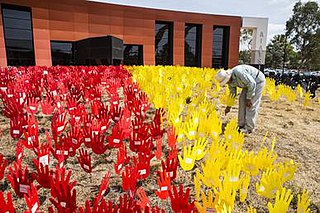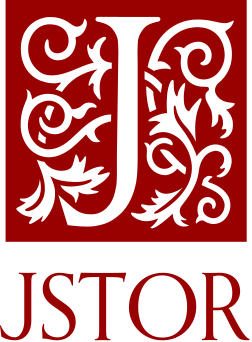Country
The Djaberadjabera held, according to Norman Tindale's estimation, some 800 square miles (2,100 km2) of tribal land on the western side of the Dampier Peninsula. From the coastal area of Sandy Point at Beagle Bay, their territory went south as far as Cape Bertholet. Their inland extension was about 30 miles.

Norman Barnett Tindale AO was an Australian anthropologist, archaeologist, entomologist and ethnologist.

The Dampier Peninsula is a peninsula located north of Broome and Roebuck Bay in Western Australia. It is surrounded by the Indian Ocean to the west and north, and King Sound to the east. It is named after the mariner and explorer William Dampier who visited it. The northernmost part of the peninsula is Cape Leveque.

Beagle Bay is a medium-sized Aboriginal community on the western side of the Dampier Peninsula, north of Broome.
Running clockwise, their neighbours were, to the north, the Nyulnyul, the Warrwa on their eastern flank, the Nimanburu southeast, and the Ngombal to their south.
The Nyulnyul are an indigenous Australian people of Western Australia.
The Warrwa are an indigenous Australian people of Western Australia.
This page is based on this
Wikipedia article Text is available under the
CC BY-SA 4.0 license; additional terms may apply.
Images, videos and audio are available under their respective licenses.
The Karieri people were an Indigenous Australian people of the Pilbara, who once lived around the coastal and inland area around and east of Port Hedland.
Ernest Ailred Worms (1891-1963) was a German missionary to the Australian aborigines. He became an expert in Aboriginal languages, and an important contributor to the development of both Australian studies of native languages, and to the ethnography of the continent's indigenous peoples.

The Baada, also commonly called the Bardi, are an indigenous Australian people, living north of Broome and inhabiting parts of the Dampier Peninsula in the Kimberley region of Western Australia.
The Nangatara are an indigenous Australian people of Western Australia.
The Murunitja are an indigenous Australian tribe of Western Australia located within the Goldfields-Esperance region.
The Djaui, also commonly called the Jawi, are an indigenous Australian people of the Kimberley coast of Western Australia.
The Miwa are an indigenous Australian people of the Kimberley region of Western Australia.
The Wirngir are an indigenous Australian people of the Kimberley region of Western Australia.
The Arnga are an indigenous Australian people of the northern Kimberley region of Western Australia.
The Yeidji, otherwise commonly known as the Gwini, are an indigenous Australian people of the Kimberley area of Western Australia.
The Wilawila are an indigenous Australian tribe of the Kimberley region of Western Australia.
The Gugadja, also written Kukatja, are an indigenous Australian people of Western Australia who speak the Kukatja language.
The Ngombal, also known as the Ngumbarl, are an indigenous Australian people of Western Australia.
The Malngin were an indigenous Australian people of Western Australia. The Malngin language was a dialect of Gurindj.
The Yankuntjatjarra, otherwise written Jangkundjara, are an indigenous Australian people of the state of South Australia.
The Kuyani are an indigenous Australian people of the state of South Australia who speak or spoke the Kuyani language.
The Laia were an indigenous Australian people of the state of Queensland.
The Kunggara, also known as Kuritjara, are an indigenous Australian people of the southern Cape York Peninsula in Queensland.
The Ngaliya (Ngalia) are an indigenous Australian people of the Northern Territory who speak a dialect of the Warlpiri language. They are not to be confused with the Ngalia of the Western Desert.







